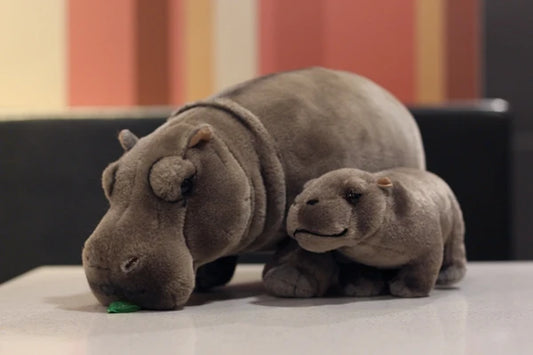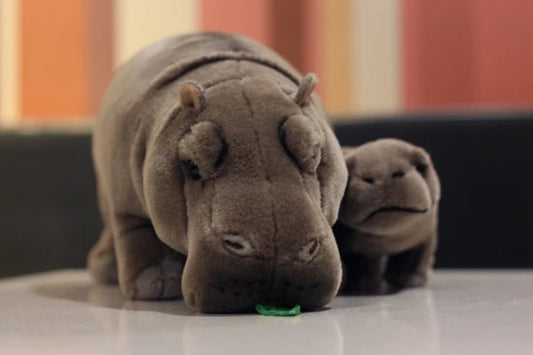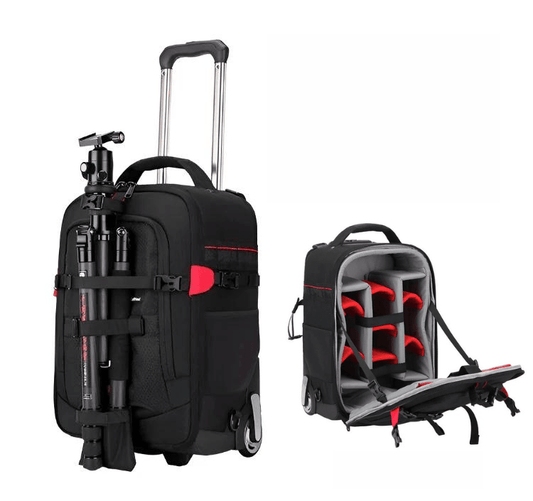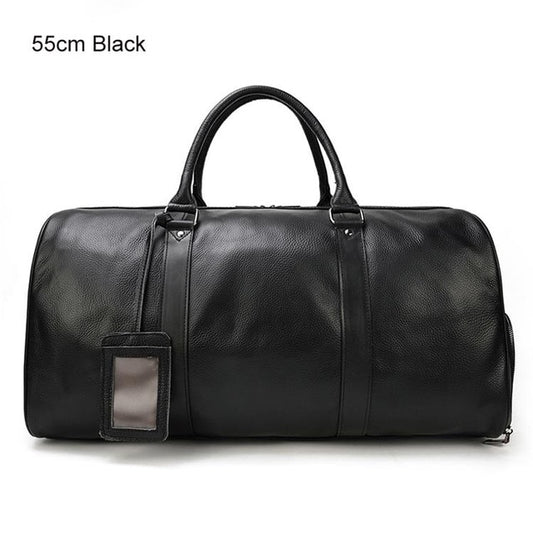Preparing Your Home for Cooler Weather: Energy-Saving Tips and Winterization Strategies
Winter is coming, and so are higher energy bills – unless you prepare your home for the cooler weather. In this comprehensive guide, we'll explore energy-saving tips, winterizing advice, and decor ideas to create a cozy, efficient home. By implementing these strategies, you can significantly reduce energy costs, increase comfort, and contribute to environmental sustainability.
The Evolution of Home Winterization
Historically, homes were designed with passive heating and cooling techniques in mind. Our ancestors relied on natural sunlight, strategic placement of windows, and thick insulation materials to maintain comfortable temperatures. However, with the advent of modern heating and cooling systems, many of these traditional methods were overlooked.
In recent years, there's been a resurgence of interest in combining these time-tested techniques with advanced technologies. This revival is driven by several factors:
- Rising energy costs
- Increased focus on environmental sustainability
- Advancements in smart home technology
According to the U.S. Department of Energy, heating and cooling account for nearly half of the average American household's annual energy bills. This statistic underscores the importance of optimizing our homes for energy efficiency, especially as we head into the cooler months.
Energy-Saving Tips for the Modern Home
Thermostat Management: The Key to Efficiency
One of the simplest yet most effective ways to reduce energy consumption is through proper thermostat management. The U.S. Department of Energy recommends setting thermostats between 68°F and 70°F while at home and lowering them when away or asleep.
Smart thermostats have revolutionized this process. These devices can learn your schedule, preferences, and even detect when you're away from home, automatically adjusting temperatures for optimal efficiency. A study by Nest found that their smart thermostat saved users an average of 10-12% on heating bills and 15% on cooling bills.
Harnessing Natural Heat
While modern technology is impressive, don't overlook the power of natural heat sources. Here are some tips to leverage the sun's warmth:
- Open curtains on south-facing windows during the day to let in sunlight.
- Close curtains at night to retain heat.
- Consider installing reflective films on windows to bounce heat back into the room.
HVAC System Maintenance
Regular maintenance of your heating, ventilation, and air conditioning (HVAC) system is crucial for energy efficiency. The Energy Information Administration notes that space and water heating are among the top four largest categories for energy consumption in homes. To keep your system running efficiently:
- Schedule annual professional servicing before the heating season begins.
- Replace filters every 1-3 months, depending on usage and manufacturer recommendations.
- Keep vents and radiators clear of furniture and draperies to ensure proper airflow.
Winterizing Your Home: A Comprehensive Approach
Sealing Air Leaks
Air leaks can significantly impact your home's energy efficiency. Common areas for leaks include:
- Windows and doors
- Electrical outlets
- Baseboards
- Attic hatches
- Cable TV and phone lines
To address these leaks:
- Use caulk for small cracks and gaps.
- Apply weatherstripping around doors and windows.
- Install foam gaskets behind outlet covers and switch plates on exterior walls.
Insulation Improvements
Proper insulation is crucial for maintaining a consistent indoor temperature. The U.S. Department of Energy estimates that homeowners can save up to 20% on heating and cooling costs by properly insulating their homes.
Focus on these key areas:
- Attic insulation: Ensure your attic has at least 10-14 inches of insulation.
- Wall insulation: Consider blown-in insulation for existing walls.
- Floor insulation: Insulate floors above unheated spaces like garages or crawl spaces.
Window Treatments
Windows can be a significant source of heat loss. Consider these options:
- Thermal insulated curtains: These can reduce heat loss by up to 25%.
- Clear plastic sheeting: Apply to the inside of window frames to create an additional barrier against drafts.
- Cellular shades: These trap air in honeycomb-shaped cells, providing excellent insulation.
Smart Home Technology Integration
The integration of smart home devices has revolutionized home energy management. Here's how you can leverage this technology:
Smart Thermostats
Smart thermostats like Nest and Ecobee offer:
- Learning capabilities that adapt to your schedule and preferences
- Remote control via smartphone apps
- Integration with other smart home systems for comprehensive energy management
Smart Blinds and Fans
These devices can automatically adjust based on temperature and sunlight, optimizing your home's heating and cooling without manual intervention.
Renewable Energy Considerations
As we look to the future of home energy efficiency, renewable sources are becoming increasingly important. Consider these options:
- Solar panel integration for heating systems
- Heat pump technology, which can be up to 300% more efficient than traditional heating systems
The Cost vs. Efficiency Debate
While many energy-efficient upgrades require an initial investment, it's essential to consider the long-term savings. For example, the U.S. Department of Energy estimates that upgrading to a smart thermostat can save an average of $180 per year on energy bills.
When evaluating upgrades, consider:
- Initial costs
- Potential energy savings
- Available rebates and tax incentives
- Expected lifespan of the upgrade
Environmental Impact
By improving your home's energy efficiency, you're not just saving money – you're also reducing your carbon footprint. The Environmental Protection Agency estimates that if every American home replaced just one light bulb with an ENERGY STAR certified LED bulb, the energy savings could light 2.5 million homes for a year.
How To: Conduct a DIY Home Energy Assessment
Conducting a DIY Home Energy Assessment
Follow these steps to assess your home's energy efficiency:
- Check for air leaks around windows and doors using a candle or incense stick.
- Inspect insulation in attic and walls, looking for any gaps or thin areas.
- Evaluate heating system efficiency by checking for regular maintenance records and age of the system.
- Assess lighting and appliance energy usage, considering upgrades to ENERGY STAR certified products.
- Create an action plan based on your findings, prioritizing the most impactful and cost-effective improvements.
FAQ Section
How can I reduce drafts from my fireplace?
Install glass doors, use a chimney balloon when not in use, and ensure the damper is closed when the fireplace is not active. Consider a chimney cap to prevent downdrafts.
Are there any plants that can help insulate my home?
Yes, certain indoor plants like snake plants and rubber plants can help regulate indoor humidity and temperature. They also improve air quality by filtering pollutants.
How often should I have my furnace inspected?
Schedule a professional inspection annually, ideally before the heating season begins. This ensures optimal performance and safety.
Can ceiling fans help with heating?
Yes, running ceiling fans clockwise on low speed can help distribute warm air that rises to the ceiling, potentially lowering your heating costs by up to 15%.
What's the best way to insulate old windows without replacing them?
Use window insulation film, add cellular shades, or install interior storm windows for added insulation. These methods can reduce heat loss by up to 50%.
Challenges and Solutions
Challenge: High upfront costs for energy-efficient upgrades
Solution: Research available rebates and tax incentives; prioritize upgrades based on ROI. Many utility companies offer energy efficiency programs that can help offset costs.
Challenge: Rental property limitations
Solution: Focus on non-permanent solutions like draft stoppers, thermal curtains, and smart thermostats. Discuss potential upgrades with your landlord, emphasizing the long-term benefits.
Ethical Considerations and Best Practices
- Balance energy efficiency with indoor air quality by ensuring proper ventilation.
- Ensure energy-saving measures are accessible to all income levels through community programs and education.
- Properly dispose of old appliances and materials during upgrades to minimize environmental impact.
Success Story
"By implementing a combination of smart home technology and simple weatherization techniques, the Johnson family reduced their winter energy bills by 30% and increased their home's comfort level significantly." (Energy Efficiency Magazine, 2023)
This success story highlights the potential impact of combining modern technology with traditional weatherization methods.
Tools and Resources
- Infrared thermometers for detecting heat loss
- Weatherstripping kits for doors and windows
- Smart power strips for managing phantom energy loads
- Energy audit apps for smartphones to help identify areas for improvement
Conclusion
Preparing your home for cooler weather is a multifaceted approach that combines traditional methods with modern technology. By focusing on thermostat management, air sealing, insulation, and smart technology integration, you can significantly reduce your energy costs while increasing comfort and contributing to environmental sustainability.
Remember, even small changes can lead to significant impacts. Start with manageable improvements and gradually work towards a more comprehensive energy efficiency plan. The benefits – both financial and environmental – are well worth the effort.






































































